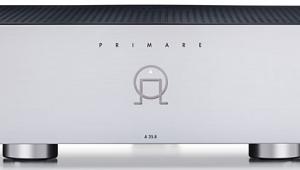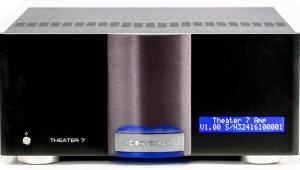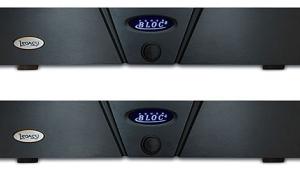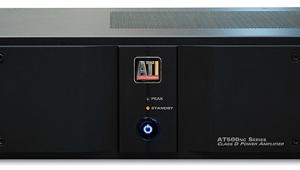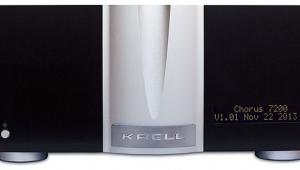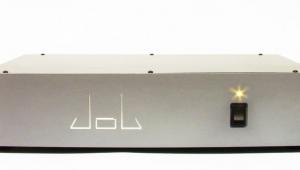Parasound Halo A 52+ Amplifier Review Test Bench
Two channels driven continuously into 8-ohm loads:
0.1% distortion at 210.2 watts
1% distortion at 279.9 watts
Five channels driven continuously into 8-ohm loads:
0.1% distortion at 172.1 watts
1% distortion at 203.8 watts
Frequency response RCA input:
–0.04 dB at 10 Hz
–0.01 dB at 20 Hz
–0.19 dB at 20 kHz
–2.93 dB at 50 kHz
Frequency response XLR input:
–0.05 dB at 10 Hz
–0.01 dB at 20 Hz
–0.15 dB at 20 kHz
–3.15 dB at 50 kHz.
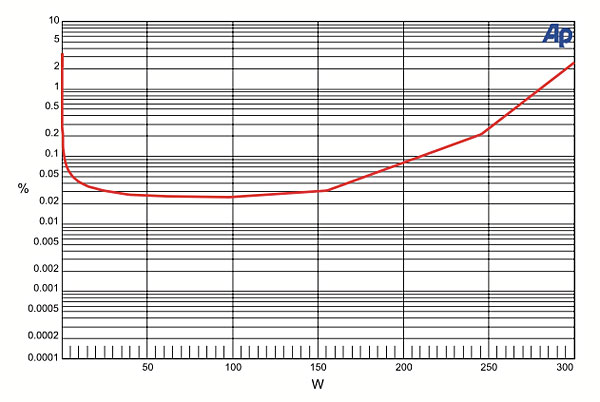
This graph shows that the A52+’s CH1 amplifier channel, with two channels driving 8-ohm loads, reaches 0.1% distortion at 210.2 watts and 1% distortion at 279.9 watts. Into 4 ohms, the amplifier reaches 0.1% distortion at 384.2 watts and 1% distortion at 429.4 watts. An input level of 101.0 millivolts was required to produce an output of 2.83 volts into an 8-ohm load, indicating an overall gain of +28.92 decibels using the RCA input. When using the XLR input, a level of 104.2 millivolts was required to produce an output of 2.83 volts into an 8-ohm load, indicating an overall gain of +28.70 decibels.
THD+N from the amplifier was less than 0.017% at 1 kHz when driving 2.83 volts into an 8-ohm load using the RCA input. When using the XLR input under the same conditions, THD+N was less than 0.019%. Crosstalk at 1 kHz driving 2.83 volts into an 8-ohm load was –112.05 dB CH1 to CH5 and –106.34 dB CH5 to CH1 using the RCA inputs and –112.02 dB CH1-to-CH5 and –107.82 dB CH5-to-CH1 using the XLR inputs. The signal-to-noise ratio with an 8-ohm load from 10 Hz to 24 kHz with “A” weighting was –108.07 dBrA using the RCA input and –108.11 using the XLR input.—MJP

